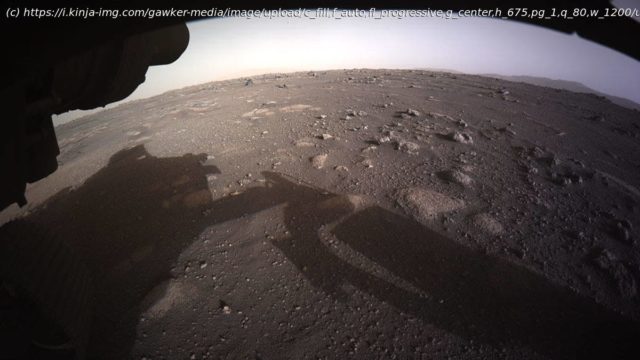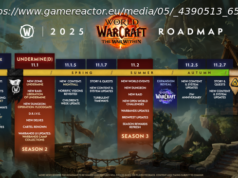NASA has a new toy to play with on Mars, but the space agency has some important work to do before the Perseverance rover is ready to start rolling through its new stomping grounds.
NASA has a new toy to play with on Mars, but the space agency has some important work to do before the Perseverance rover is ready to start rolling through its new stomping grounds. After traversing nearly 300 million miles over the past nine months, NASA’s Perseverance rover has successfully landed on Mars. During a NASA press conference today, Adam Steltzner, Perseverance chief engineer, said the landing “went as smoothly as we wanted it to go.” “I almost feel like we’re in a dream,” said Jennifer Trosper, deputy project manager at NASA’s Jet Propulsion Laboratory, during a post-landing press conference held yesterday. Indeed, there’s lots to be excited about. Perseverance has landed inside the 28-mile-wide (45-km) Jezero crater, the site of a former lake and river delta. The rover appears to be facing southeast, its power systems look good, and its batteries have already charged to 95% capacity, said Trosper. Speaking earlier today at the presser, Aaron Stehura, the deputy phase lead for entry, descent, and landing, said the landing site looks “relatively safe,” as it’s free from boulders, cliffs, and other hazards. It “took lots of time and effort to identify such a safe spot,” he added. Geologist Kathryn Stack Morgan, deputy project scientist for the Mars 2020 mission, said she’s transfixed by the images, particularly a new photo showing the right wheel of the rover on the dusty surface. During today’s press conference, Morgan pointed out some rocks seen in the photo, which appear pockmarked. She’s curious to know “what these rocks even mean,” as they’re of instant geological significance. Such holes are known in volcanic rocks, but also rocks of sedimentary origin, explained Morgan, who said she’s excited to find out. Morgan was also pleased to learn that Perseverance had landed in a geologically interesting area, including near a fractured unit NASA dubs Canyon de Chelly. Observations previously done from above can now be confirmed by the rover, she said. Pauline Hwang, surface strategic mission manager at NASA’s JPL, said Percy is “great,” “healthy,” “highly functional,” and “awesome,” during today’s presser.






